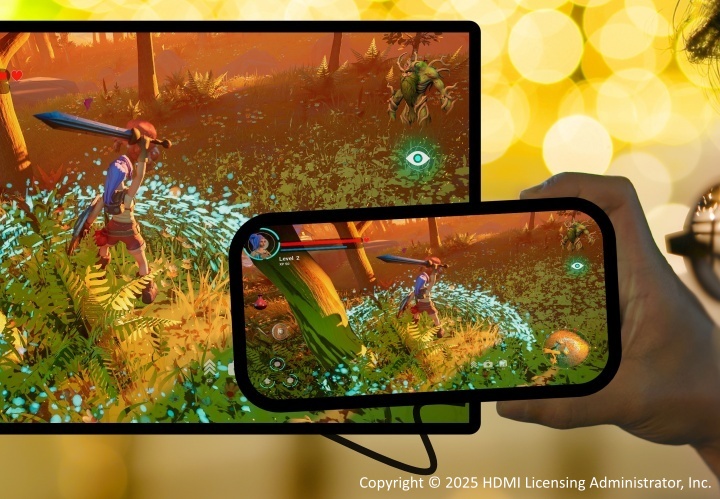In recent years, the gaming landscape has dramatically evolved, allowing players to enjoy immersive experiences across various platforms and settings. With advancements in technology, especially the integration of HDMI gaming features in HDTVs, gamers find themselves with unprecedented freedom and choices. Whether playing on a console, PC, or portable device, these enhancements not only enrich gameplay but also ensure that performance does not come at an exorbitant cost.
Essential HDMI Gaming Features
As gamers continue to adapt to their unique styles, several HDMI gaming features have emerged as pivotal elements that enhance the gaming experience. These features include:
- Variable Refresh Rate (VRR): One of the most significant advancements in gaming technology, VRR minimizes lag, judder, and frame tearing. This technology allows for a dynamic refresh rate, enabling graphics cards to output frames as quickly as possible, aligning more naturally with the game’s performance rather than a fixed rate. For instance, a recent report on HDMI 2.1 technology highlighted that VRR can decrease latency times by up to 50% when compared to standard refresh rates, substantially improving fluidity in gameplay [Source].
- Auto Low Latency Mode (ALLM): This feature allows displays to automatically adjust to the best latency settings when a gaming device is detected, enhancing the overall user experience. By eliminating the need for manual adjustments, gamers can enjoy uninterrupted gameplay without compromising the performance during switchovers.
- Quick Frame Transport (QFT): This feature ensures that each frame is delivered to the display with reduced latency, which is crucial for fast-paced gaming and virtual reality environments. QFT significantly enhances the responsiveness of the visual output, making it increasingly vital for competitive gamers where every millisecond counts.
Several major manufacturers now incorporate these cutting-edge HDMI features in their products, supporting higher refresh rates such as 144 Hz and even 165 Hz. This transition allows for smoother and more responsive gameplay, catering to the increasingly sophisticated demands of gamers.
Portable Gaming Console Compatibility
With more gamers shifting to flexible setups, the compatibility of portable gaming consoles with HDMI technology is particularly noteworthy. Not only can these devices connect to HDTVs easily, but many are now coming equipped with advanced HDMI capabilities. For example, Nintendo’s recent announcement regarding the upcoming Switch 2, which will come bundled with an Ultra High-Speed HDMI cable, highlights manufacturers’ focus on improving player experience at home [Source].
Several portable gaming systems that support HDMI output include:
- Mobile Phones: Many smartphones can output to an HDTV using a USB-C to HDMI adapter, providing a seamless gaming experience on larger displays.
- Steam Deck: Using the Steam Deck Docking Station, players can easily connect to an HDMI output, allowing for a console-like experience.
- Nintendo Switch: This device connects through its dock to an HDTV using an HDMI cable, making it a versatile portable gaming option.
- ASUS ROG Ally: With the ASUS ROG Gaming Charger Dock, this handheld gaming device can deliver high-quality output to a TV via HDMI.
- Lenovo Legion Go: Similar to others, this portable console can connect through USB-C, providing ease of use and gameplay flexibility.
- Retroid Pocket 4 Pro: This device utilizes a micro HDMI to HDMI connection, further enriching the portable gaming experience.
Market Trends and Consumer Preferences
As gaming technology continues to flourish, the demand for capable displays has risen significantly. Recent studies indicate that gamers are increasingly opting for HDTVs that incorporate features designed to optimize gaming performance, further shifting the market dynamics. Over the past year, sales of HDMI 2.1-compatible TVs rose by 30%, highlighting the popularity and necessity of these features among consumers [Source].
Moreover, consumer reviews reflect a growing preference for displays that provide not only high refresh rates but also support for advanced gaming technologies such as VRR and ALLM. Gamers are becoming more educated about the technologies that influence their experiences, leading to an increase in demand for products that deliver on these capabilities.
As manufacturers adapt to these changing preferences, the gaming ecosystem is expected to expand, with a focus on enhancing compatibility and performance across various devices. These advancements will undoubtedly continue to shape how gamers engage with their favorite titles, breaking down barriers between different gaming environments.

